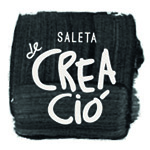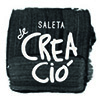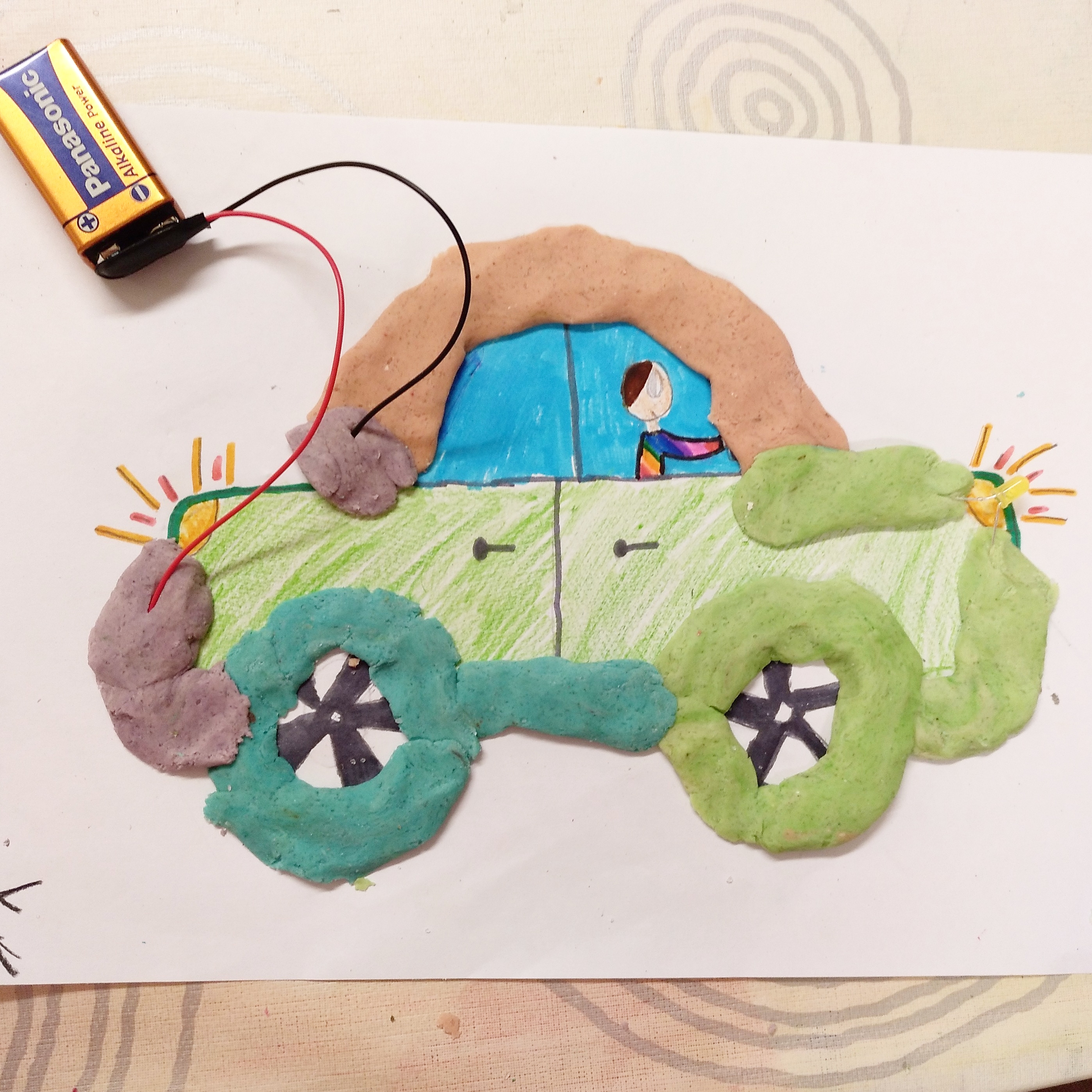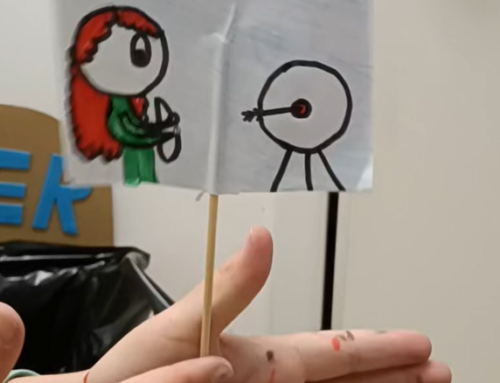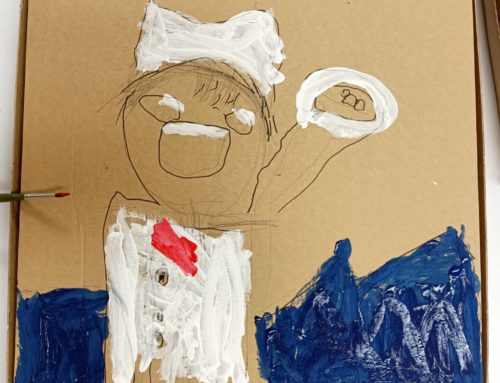We have been practicing this activity for months because there was no way to make the play dough conductive. We have watched several videos on YouTube and all the conductive clay have recipes that you need to boil … which we do not like with children.
Even so we have tried the recipe and they work very well !! But it is not what we are looking for.
So we have continued researching to get a simple play dough and

that really works … And finally, we have a recipe !!! Here we leave it.
Conductive plasticine :
– Flour
– Salt
– Concentrated lemon juice . We simplify what we bought at the supermarket.
– Food coloring
How to do it :
Make a pile with the flour and add a little salt. Then make a hole in the little pile and see adding the lemon juice and stir. If the dough gets caught in your hands it is that you lack flour and if you can not make the dough, it is probably because you lack lemon juice.
You see stirring until the dough does not get caught in the hands.
If you want you can add food coloring when you have it done to give it color. We have distributed the dough in several pieces and we have made several colors.
Look:
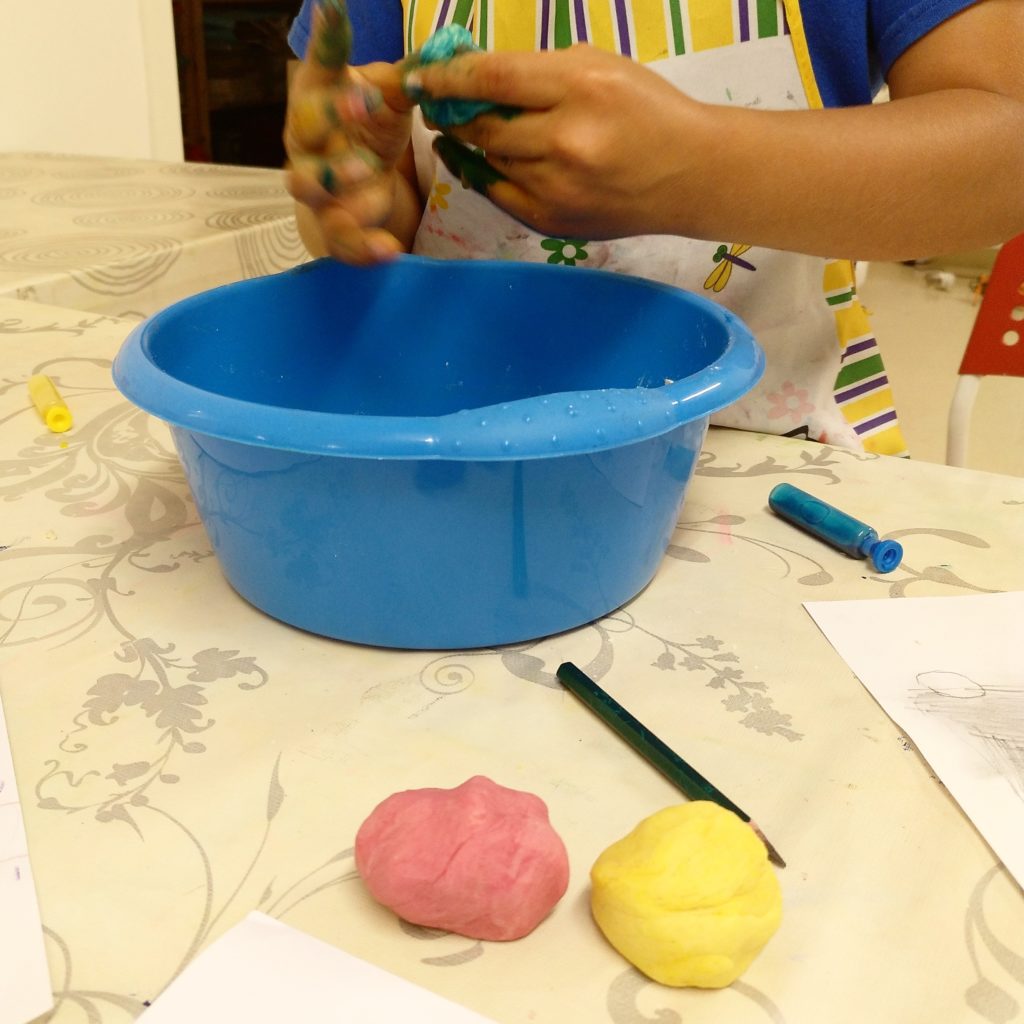
To check if electricity really happens , you need :
– Pile of 9v pouch
– Battery compartment with 2 cables: one black and one red
– 1 led
– 1 buzzer
Electrical circuit:
Grab 2 mounds of play dough and put them apart.
Then, sink the red wire – the positive one – of the battery holder into one of the plasticine piles and the black one in the other.
Finally, take the buzzer and place the red wire in the same pile where you have the red wire and in black with the black wire.
If it is conductive, you will hear the buzz or noise.

You can also put the led. To put it you have to remember that the led has 2 legs, a longer one, which is the positive one and another shorter one that is the negative.
In the electrical circuit, the positives always go together and the negatives also. Therefore, if you put a led, put the long leg in the same plasticine where there is the red wire of the battery holder ; and the short part with the black wire.
Make sure the 2 mounds of play dough do not touch each other. If they touch or a little, the light will not turn on or you will hear the buzzer.

What’s going on?
Lemon, salt and water are elements that conduct electricity. So, if the joints with flour is very easy that the dough is conductive.
CAR ACTIVITY :
If you remember, at the beginning of the year, we explained how an electric circuit was and the children made some beautiful drawings.
In this activity we have drawn a car that is an electric circuit. If you look at the drawing, the car has a positive and a negative part. It also has a place to put the battery and another where to put the led and / or the buzzer.

But above all, notice how the positive electrical circuit is not touched with the negative. It is very important because it does not pass electricity.

Here you can see some examples:




We propose you:
That you make the drawing with the circuit and then you can color it.
Once finished, review the electrical circuit leaving the spaces with plasticine and check that the car’s light and the siren light up.
If you liked it, you can make more drawings with circuits. For example you can make a house, or an animal, etc.
Here you can see some of the circuits that children have made.



And this last one who is a doll. Do you know how he has done it?

Challenge :
Now that you have learned how to make conductive clay, try to make play dough that is not Conductive. Proof of introducing new elements such as sugar. What? The same thing happens ? And if you take away the salt ? And if you add pepper ? And if you put potatoes instead of plasticine ?
Send us an email with your drawings and your research and we will publish it!
